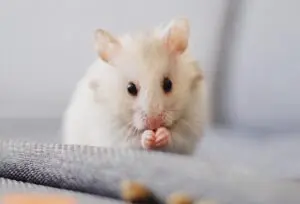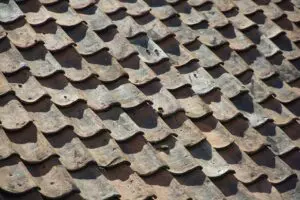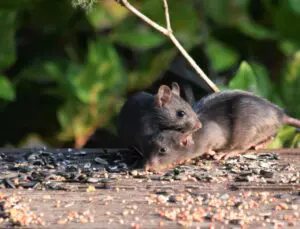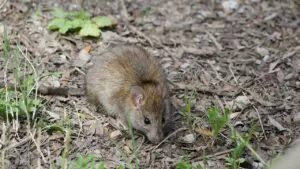
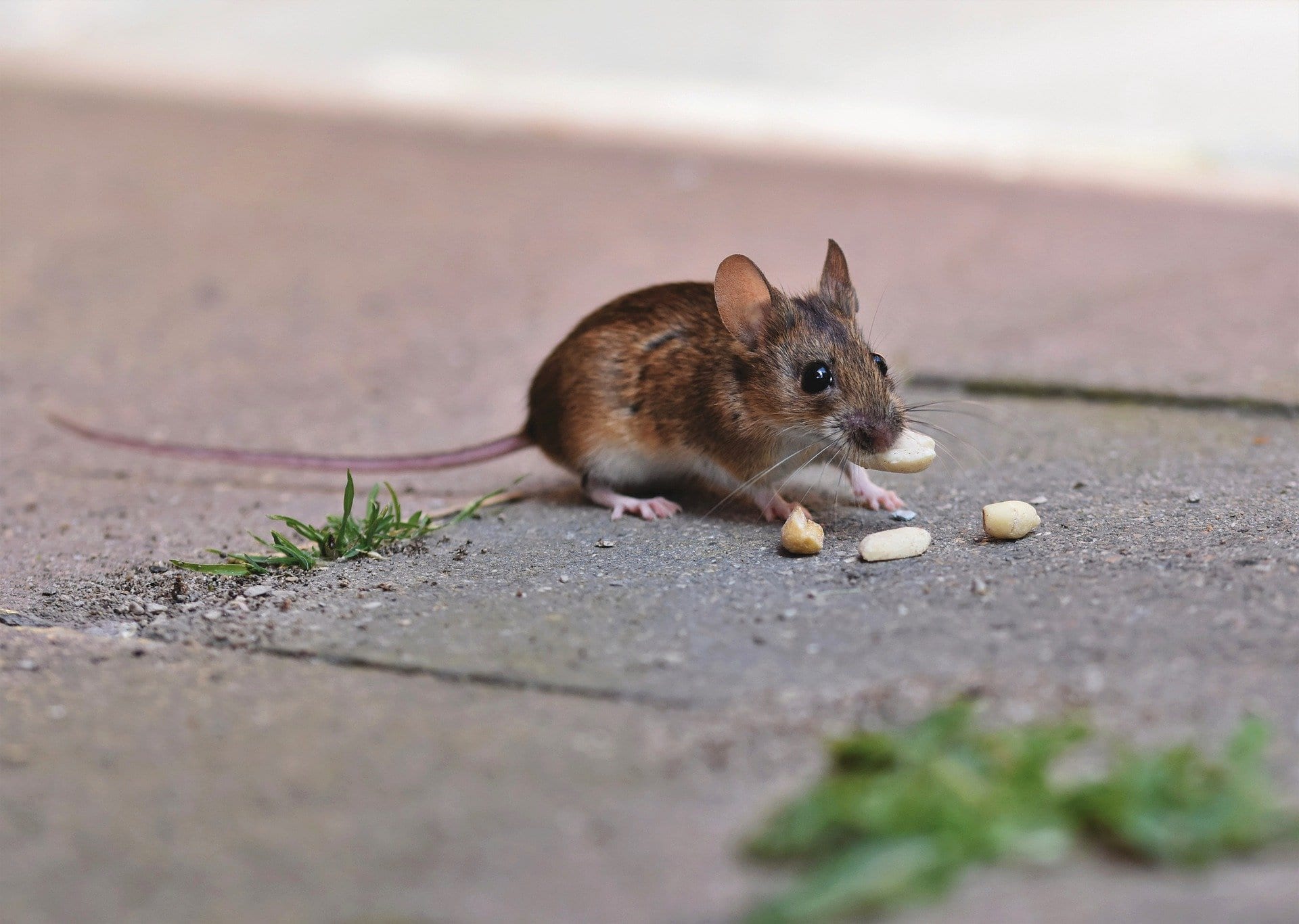
Due to their damaging habits and tendency to carry diseases, mice and rats are some of the worst pests to have in homes and businesses. This rodent guide will help you identify any uninvited guests you may have on your property, allowing you to keep your home or business pest-free.
Mice Identification:
House Mice
- Most commonly encountered rodent species
- Adults grow to between 2 ½ and 3 ¾ inches long, with 2 ¾- to 4-inch long tails
- Short gray or brown hair and cream-colored underbellies
- Scaly, single colored tails
- Found across North America, making their nests in and around any human structures
- Prefer to nest within 30 to 50 feet of food and water sources, most commonly in attics, barns, basements, crawl spaces, sheds, wall voids, warehouses, and other similar locations
- Females can have up to 35 babies in a year
- Can carry various pathogens, most commonly salmonellosis and lymphocytic chorio-meningitis
Deer Mice
- Adults are typically between 2 ¾ and 4 inches long with 2- to 5-inch long tails
- Bicolored with brownish-reddish fur and white underbellies and feet
- Hairy, bicolored tails that are dark on top and light on bottom
- Live throughout North America, but prefer woodlands
- Attracted to properties with lots of vegetation and debris, rock, or wood piles
- Females typically have 3 or 4 litters per year, but can have up to 11. Litters consist of between 1 and 9 babies, with the litter size increasing until the 5th or 6th litter and then declining
- Can carry various pathogens, and are the main carriers of Hantavirus
Rats Identification:
Cotton Rats
- Adults can be between 5 and 8 inches long with 3- to 6 ½- inch tails
- Gray hair speckled with some black hairs and light-colored underbellies
- Live in North and South America in areas with heavy vegetative cover, such as grassy fields, ditches, brush, gardens, barns, cabins, and sheds
- Females typically have 4 litters in a year, with each litter containing up to 7 babies
- Can carry various pathogens, including hantavirus
Norway Rats
- Largest of the rodent pests
- Adults are between 7 and 9 ½ inches long with 6- to 8-inch tails
- Shaggy, brown or gray fur with gray or yellowish underbellies
- Short, scaly, bicolored tails
- Prevalent across North America
- Thrive near human environments, living in attics, basements, crawl spaces, wood piles, and even sewers
- Females have between 3 and 12 litters per year with 4 to 22 babies in each litter
- Can carry various pathogens, including jaundice, rat-bite fever, and salmonellosis
Roof Rats
- Also called black rats and ship rats
- Adults are between 6 and 8 inches long with 7- to 10- inch tails
- Black or brown in color
- Found worldwide. Most common U.S. locations are coastal states and seaports
- Prefer to nest in high places like attics, rafters, roofs, trees, and other elevated spaces, but can also be found in sewers and basements
- Females have between 4 and 6 litters in a year, with 6 to 8 babies per litter
- Can carry various pathogens, including plague, rat-bite fever, and salmonellosis
If you find you still have questions about rodents, or if you think you have a rodents problem around your home or business, call our experts at Excel today.




